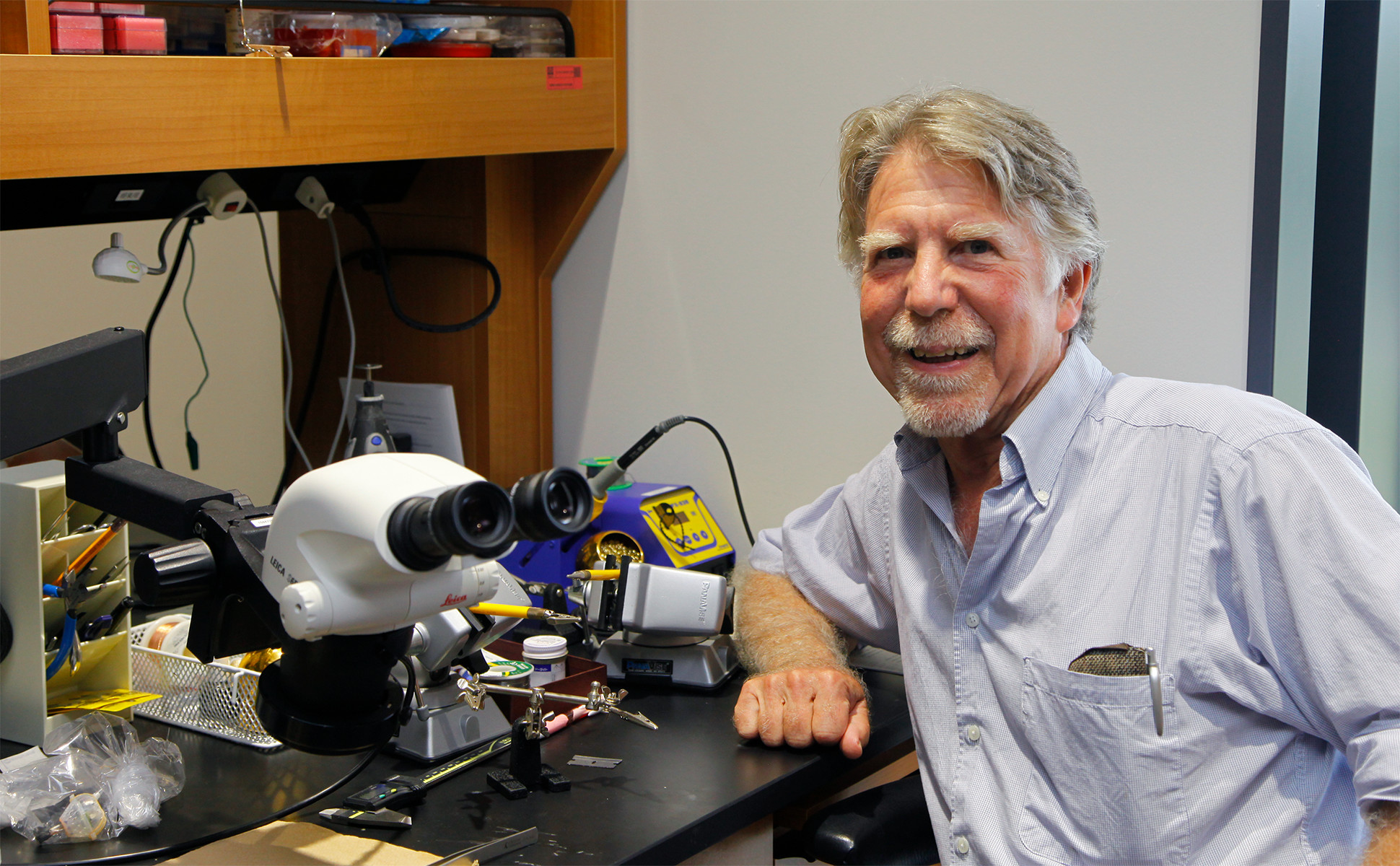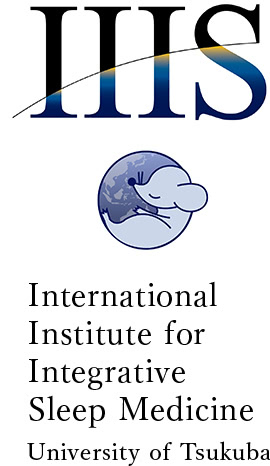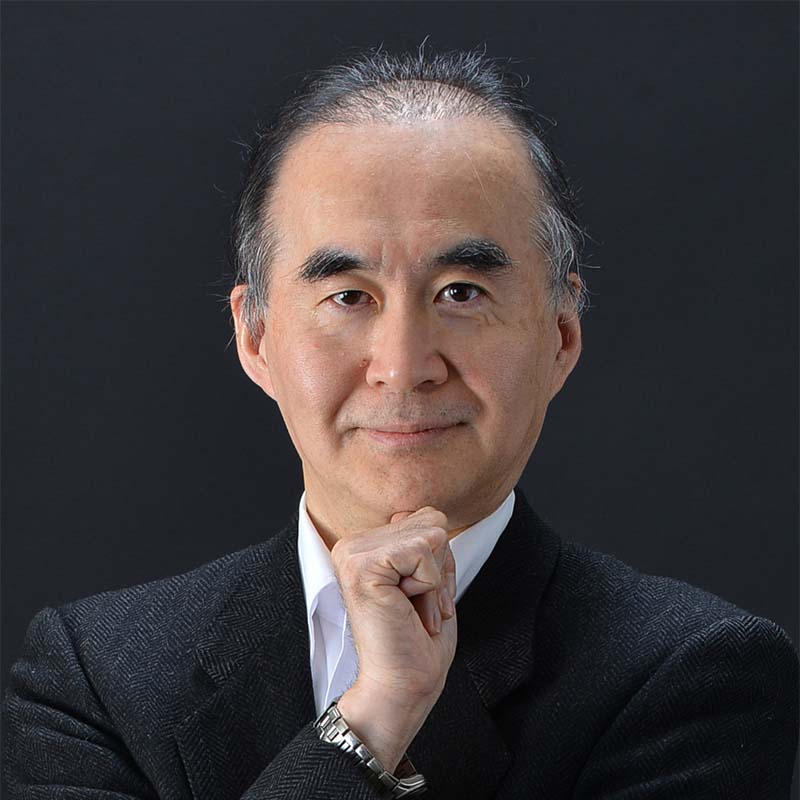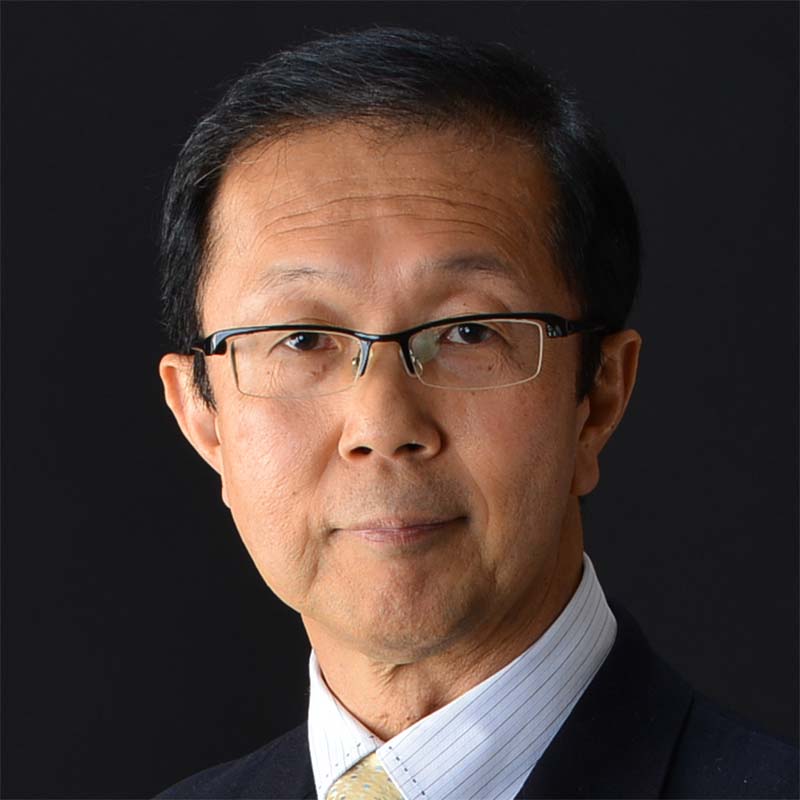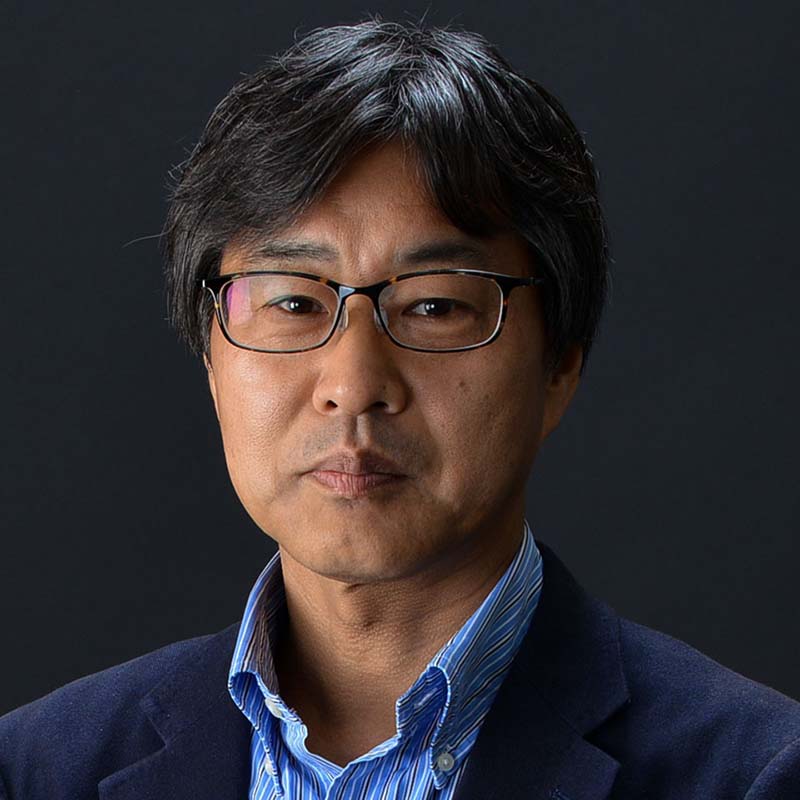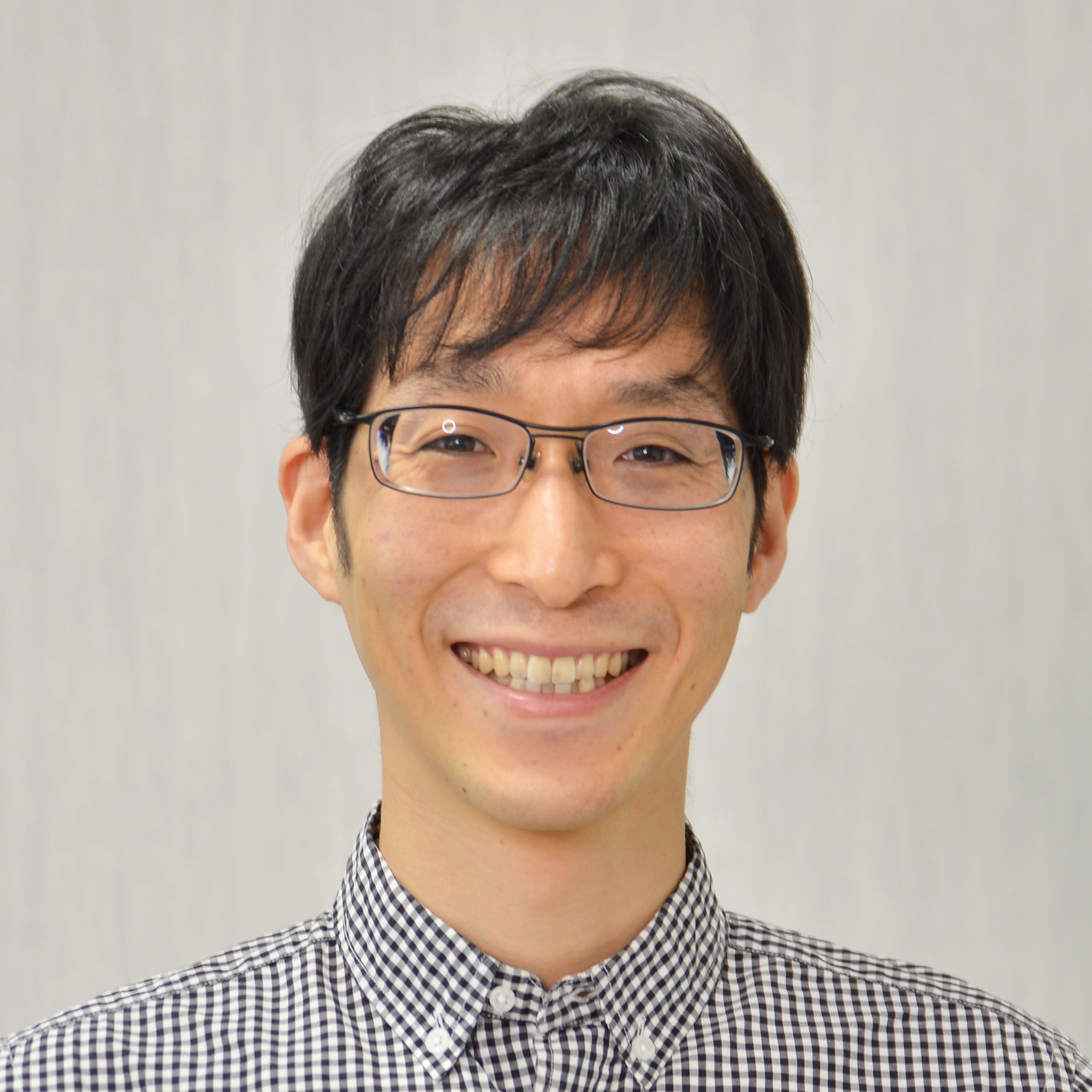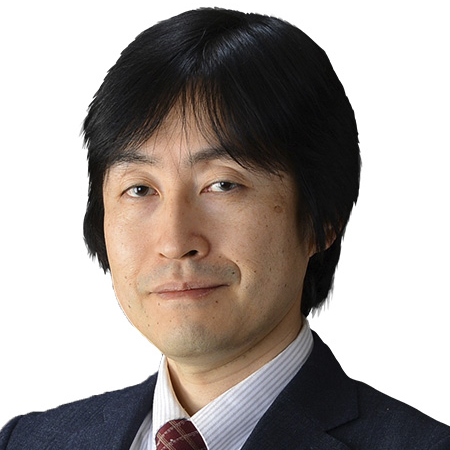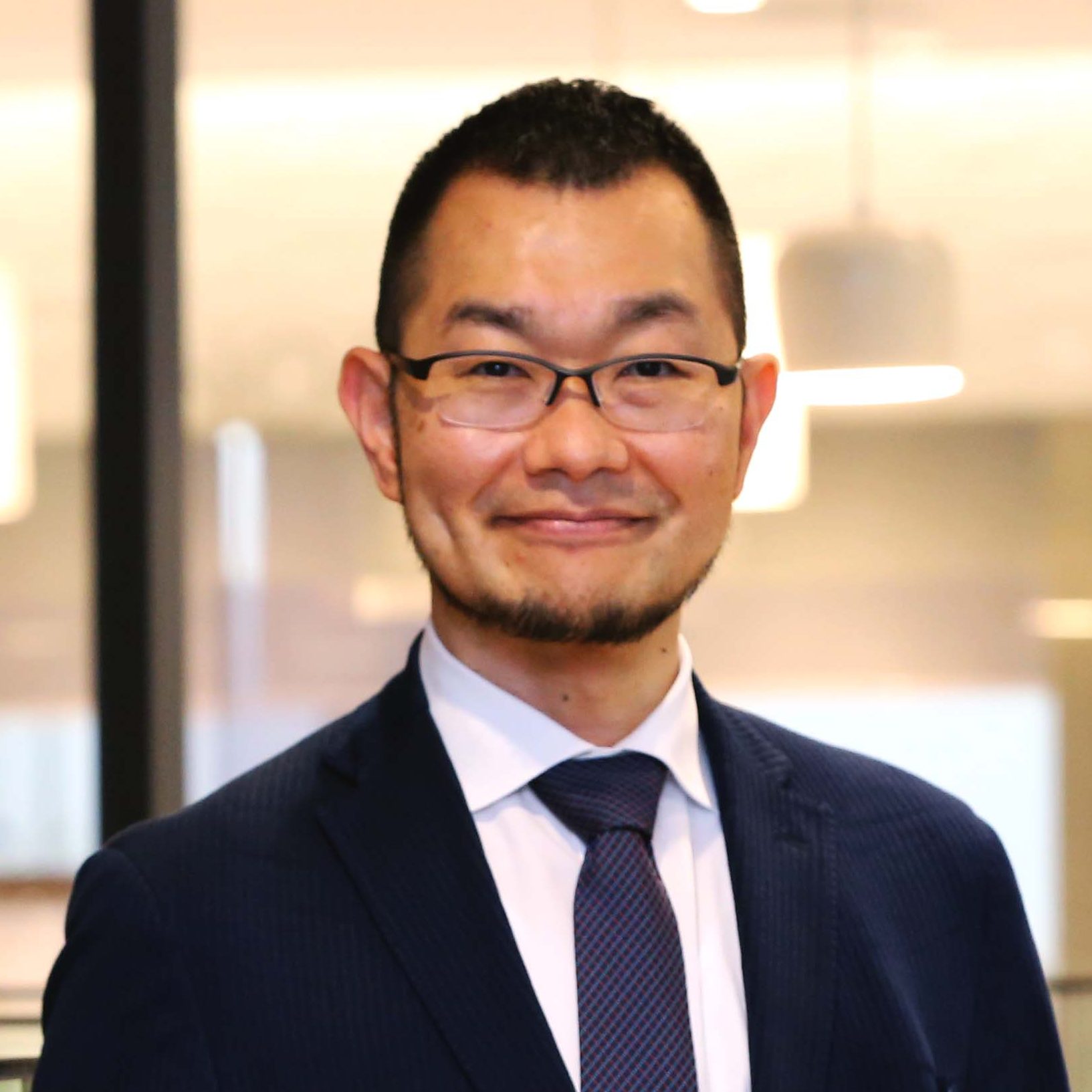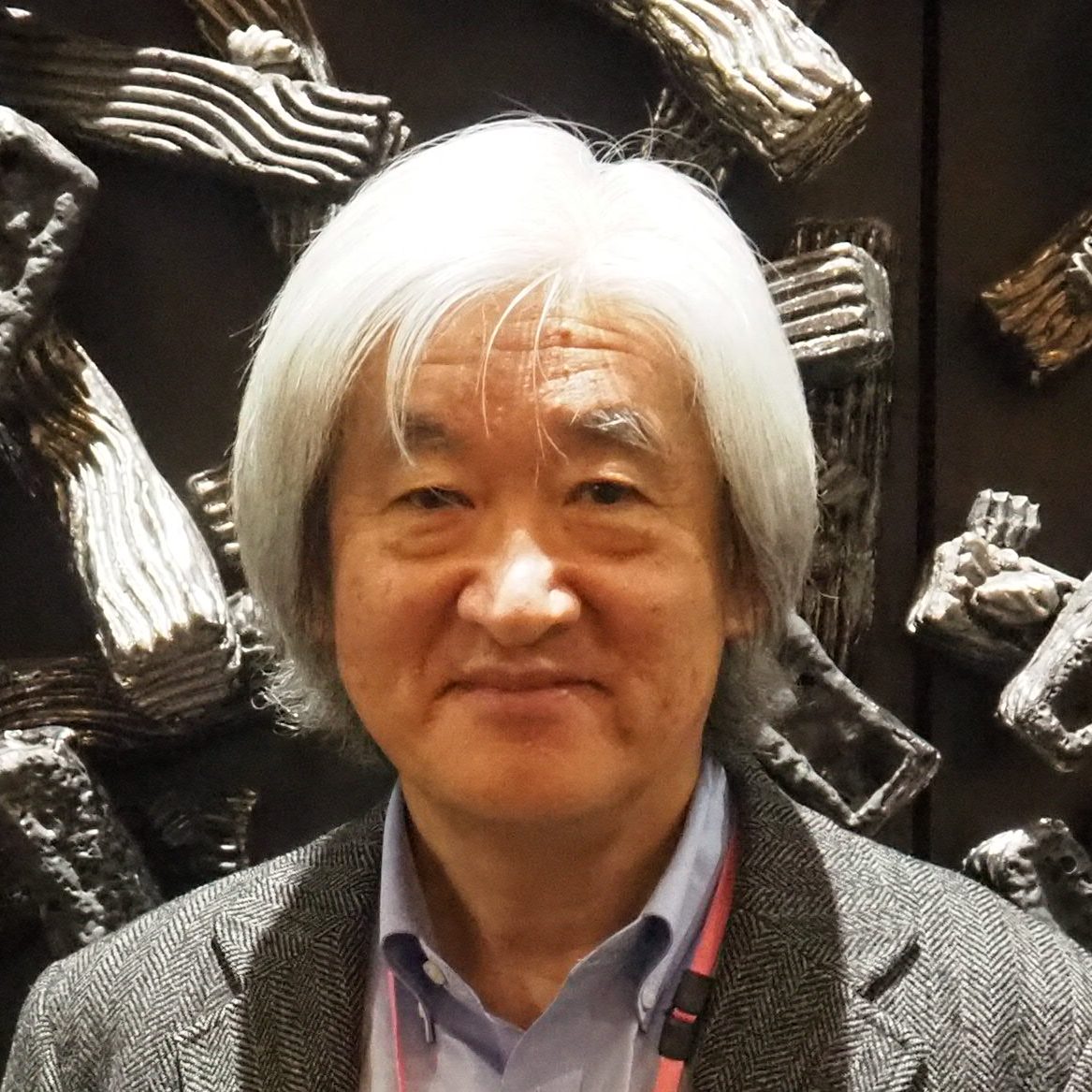01 Research Summary
Missing sleep for even a few hours is unpleasant and normal mental tasks, such as driving, become more and more difficult. Luckily, sleep, will restore the brain's ability to function, but what this might mean at a cellular and molecular level remains one of the great enigmas of the neurobiology of sleep. Our labs (at IIIS, in Tsukuba and at UTSW, Dallas, TX) examined the cellular and molecular mechanism(s) mediating the sleep-loss response. We have observed that sleep-loss changes the expression of over half of the genes, expressed in the brain cortex. This remarkably extensive event is coordinated by a transcription factor, MEF2C. Its activation in response to sleep-loss is required for the biological events comprising this response including altered gene expression, the increase and recovery of synaptic strength, and the rebound and resolution of slow wave sleep, slow wave activity, which implicates MEF2C as an essential regulator of sleep function at the cellular and molecular level.
| UT Southwestern |
|---|
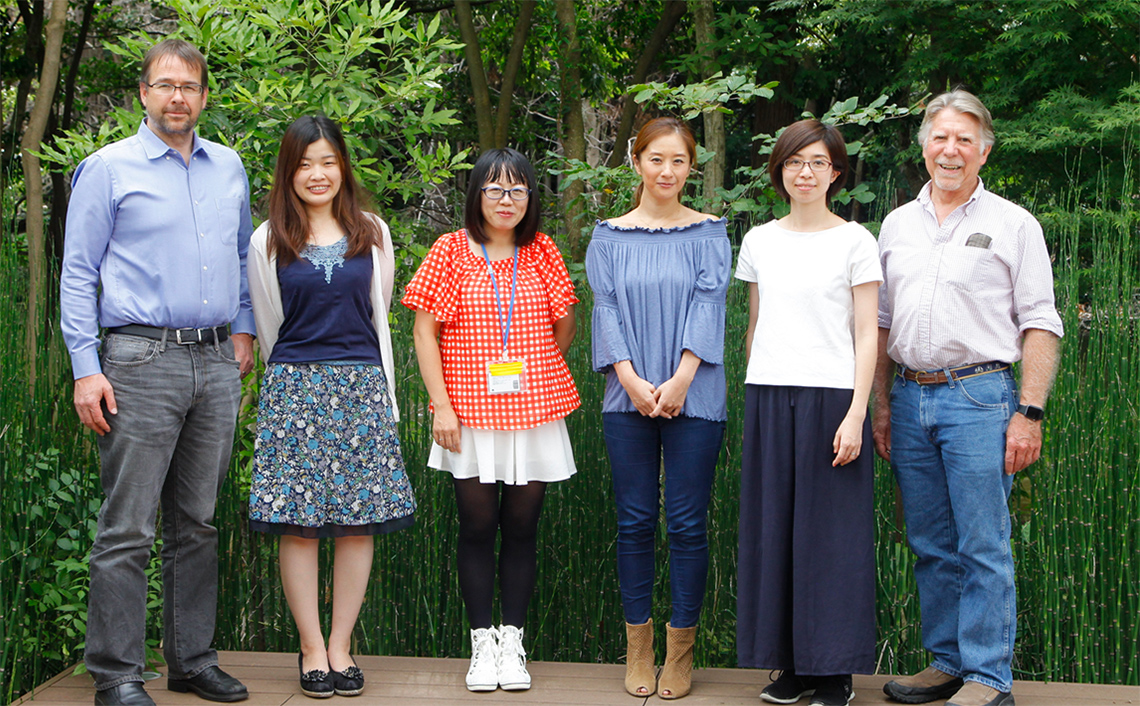
02 Major achievements
An essential role for MEF2C in the cortical response to loss of sleep in mice. Bjorness TE, Kulkarni A, Rybalchenko V, Suzuki A, Bridges C, Harrington AJ, Cowan CW, Takahashi JS, Konopka G, Greene RW. (2020). Elife 9. 10.7554/eLife.58331
Locus coeruleus and dopaminergic consolidation of everyday memory. Takeuchi T, Duszkiewicz AJ, Sonneborn A, Spooner PA, Yamasaki M, Watanabe M, Smith CC, Fernández G, Deisseroth K, Greene RW, Morris RG. Nature. 2016 Sep 15;537(7620):357-362. doi: 10.1038/nature19325. Epub 2016 Sep 7
An Adenosine-Mediated Glial-Neuronal Circuit for Homeostatic Sleep. Bjorness TE, Dale N, Mettlach G, Sonneborn A, Sahin B, Fienberg AA, Yanagisawa M, Bibb JA, Greene RW. J Neurosci. 2016 Mar 30;36(13):3709-21. doi: 10.1523/JNEUROSCI.3906-15.2016
Diversity in GABAergic signaling. Vogt K. Adv Pharmacol. 2015;73:203-22. doi: 10.1016/bs.apha.2014.11.009. Epub 2015 Jan 14
03 Education/Academic background
I received a B.A. from Kenyon College, Gambier, Ohio in 1972 and a PhD. from George Washington University, School of Arts and Science, Washington, D.C.in 1982.In 1983 I obtained an MD. from the University of Maryland School of Medicine.
I held a postdoctoral research position in neurophysiology and -pharmacology from 1983 to 1984 at the University of Maryland. from 1984 to 1985 I was a Fogarty and Swiss National Science Foundation fellow at the Department of Neurosurgery at the University Hospital in Zurich. From 1989 to 1995 I was a resident in the psychiatry department at Harvard Medical School and the Brockton/West Roxbury VAMC. From 1990 to 2001 I was an Assistant and then Associate Professor for Psychiatry at the Department of Psychiatry at Harvard medical School. In became a tenured Professor for Psychiatry at University of Texas Southwestern (UTSW) in 2001. Beginning in 2012 I became a Visiting scientist at the Department of Molecular Pharmacology, Physiology and Biotechnology (MPPB) at Brown University and from 2014 at IIIS.
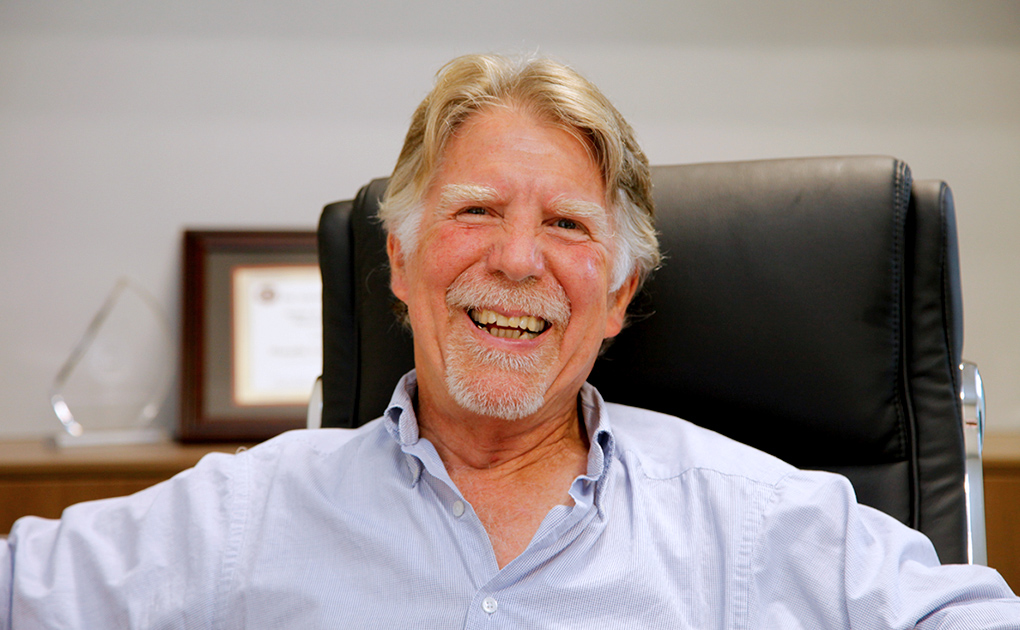
Why did you become a scientist?
It is fun and highly rewarding.
Science presents you with new challenges every day. You can ask new questions and solve new problems and enjoy the learning more about nature.
What are you most interested in lately
Sailing
Sailing also allows you to be in a dialog with nature. You need to understand the wind and the sea and the boat to get where you want to go. I sail on the ocean and enjoy its wide open expanse. Currently I sail on a classic wooden boat that was designed close to where I come from.
Core Group
-
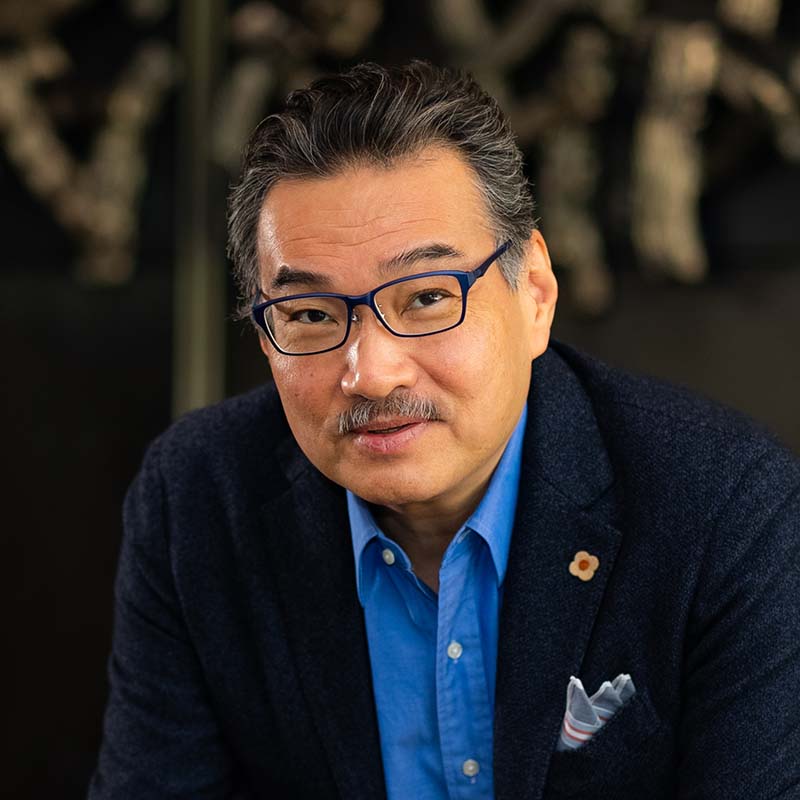
Neuroscience
Masashi Yanagisawa
-
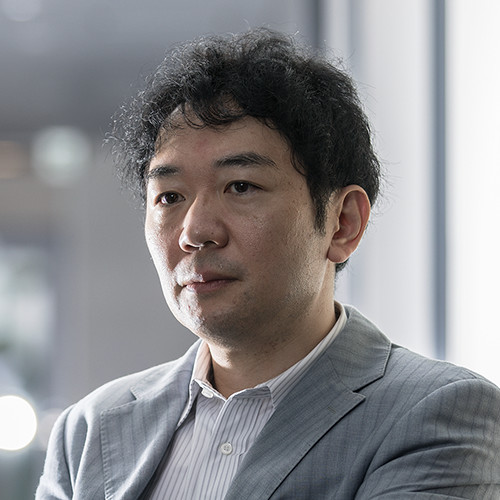
Neuroscience
Takeshi Sakurai
-
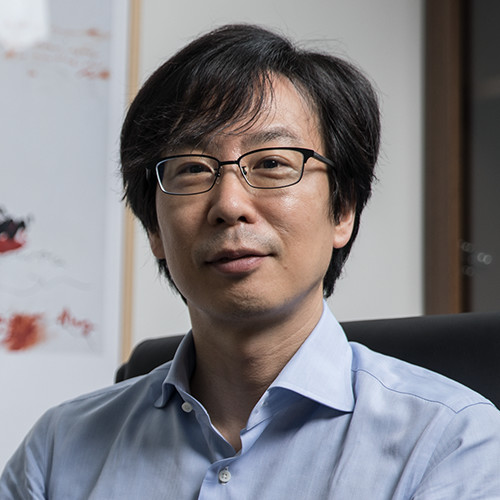
Neuroscience
Hiromasa Funato
-
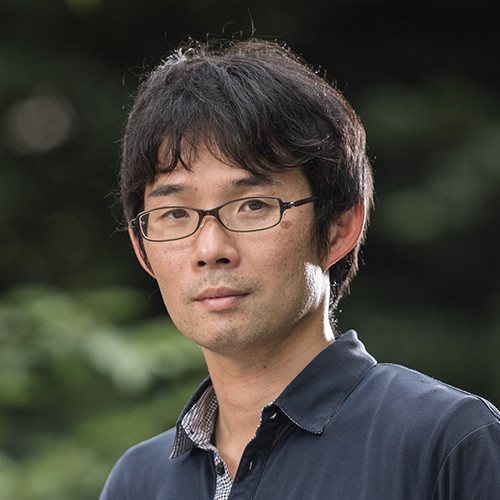
Neuroscience
Yu Hayashi
-
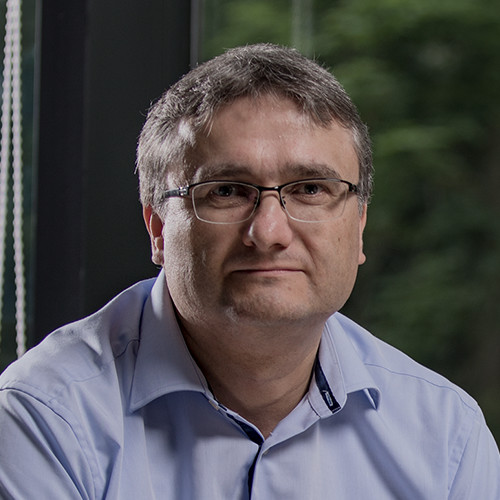
Neuroscience
Michael Lazarus
-
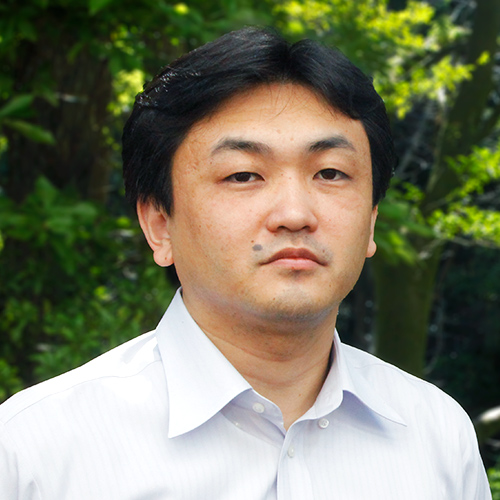
Neuroscience
Yo Oishi
-
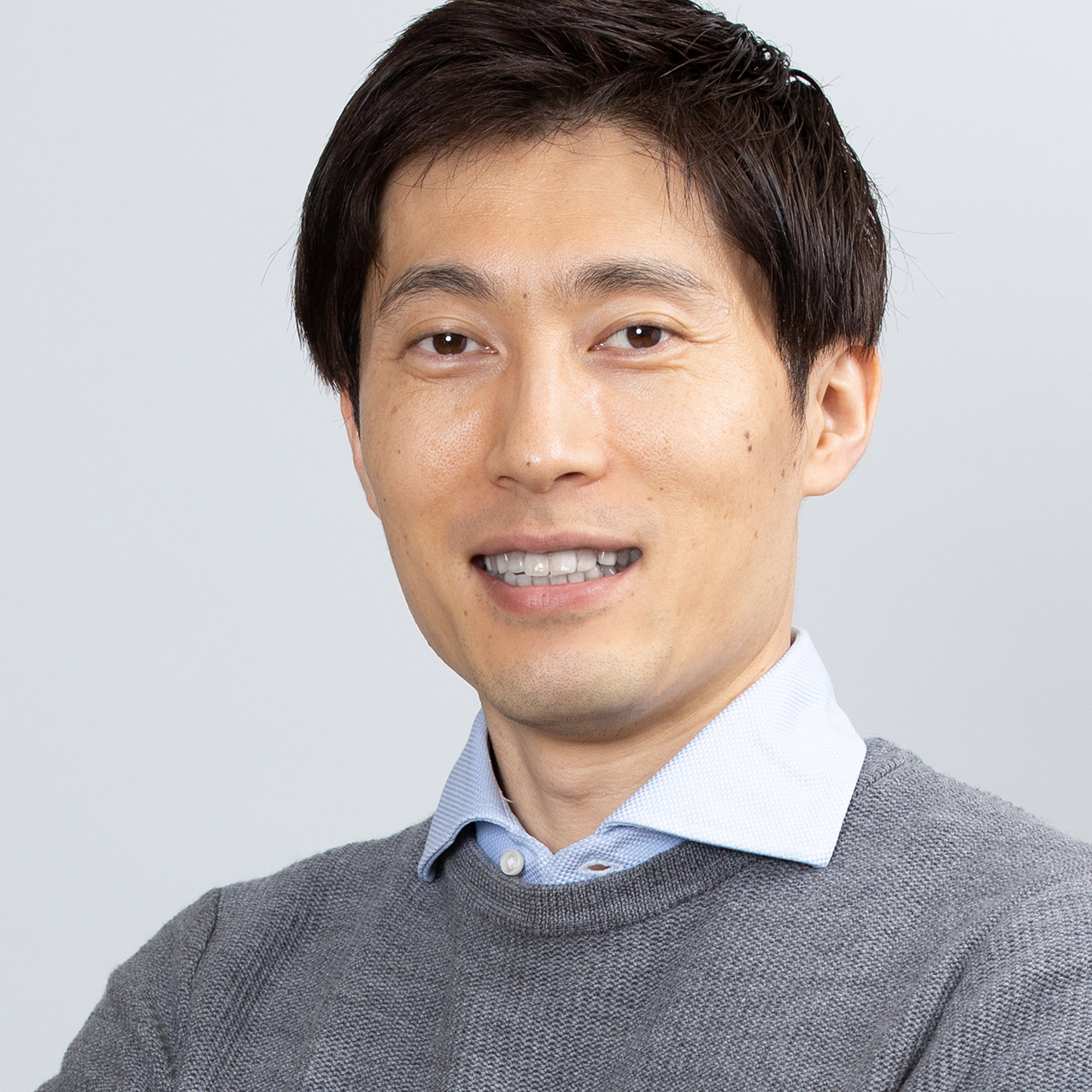
Neuroscience
Masanori Sakaguchi
-
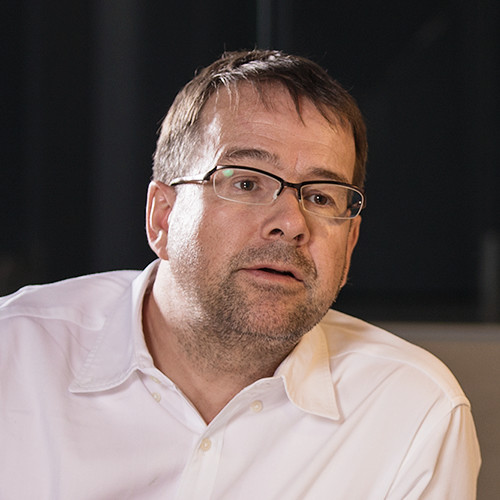
Neuroscience
Kaspar Vogt
-
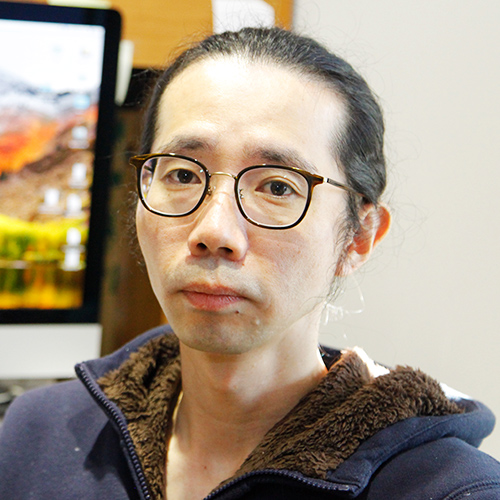
Neuroscience
Katsuyasu Sakurai
-
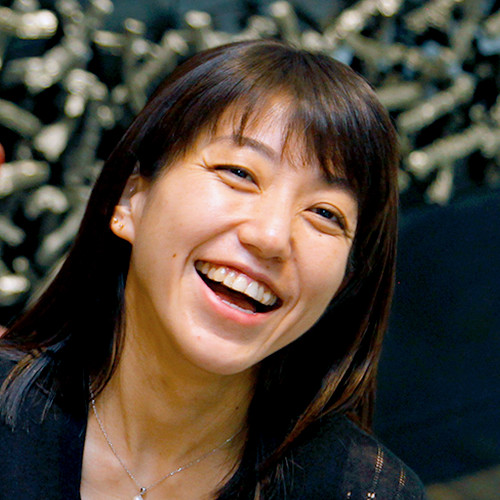
Neuroscience
Sakiko Honjoh
-
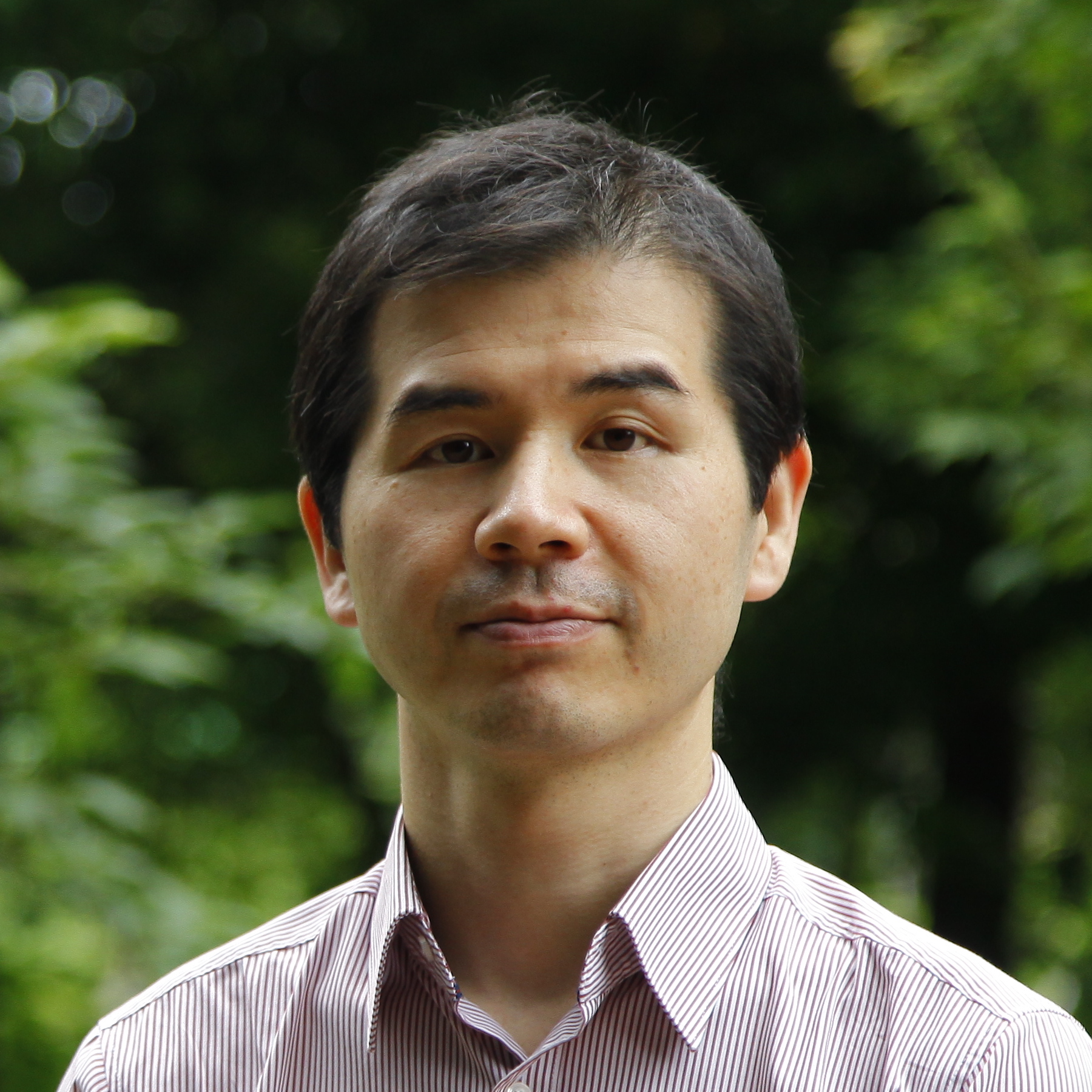
Neuroscience
Hirofumi Toda
-
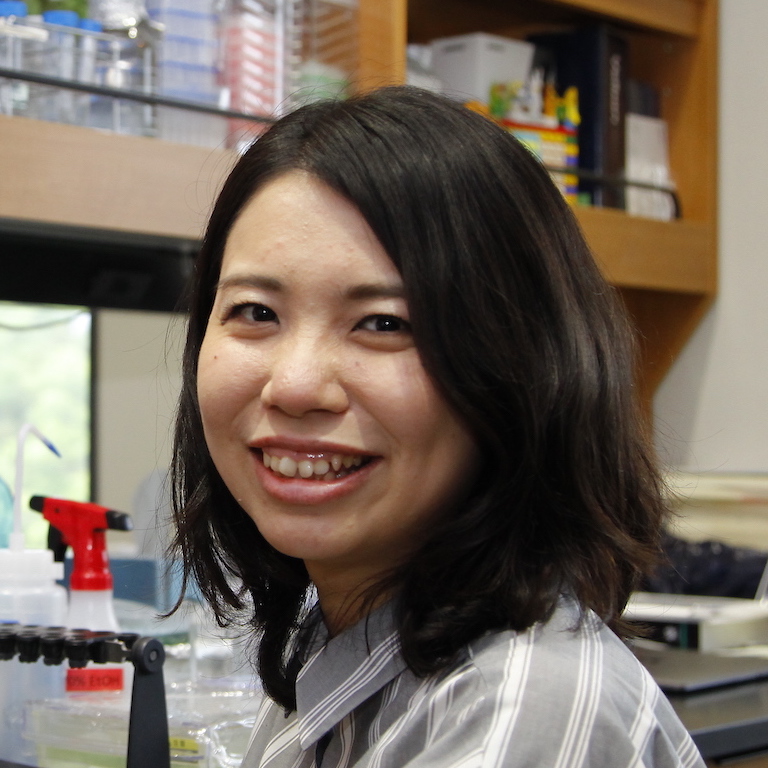
Neuroscience
Arisa Hirano
-
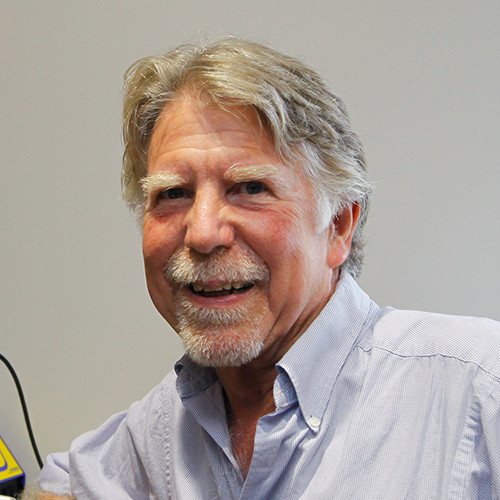
Neuroscience
Robert Greene
-
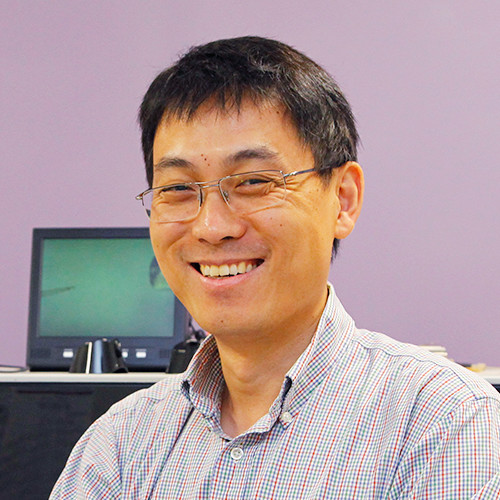
Neuroscience
Qinghua Liu
-
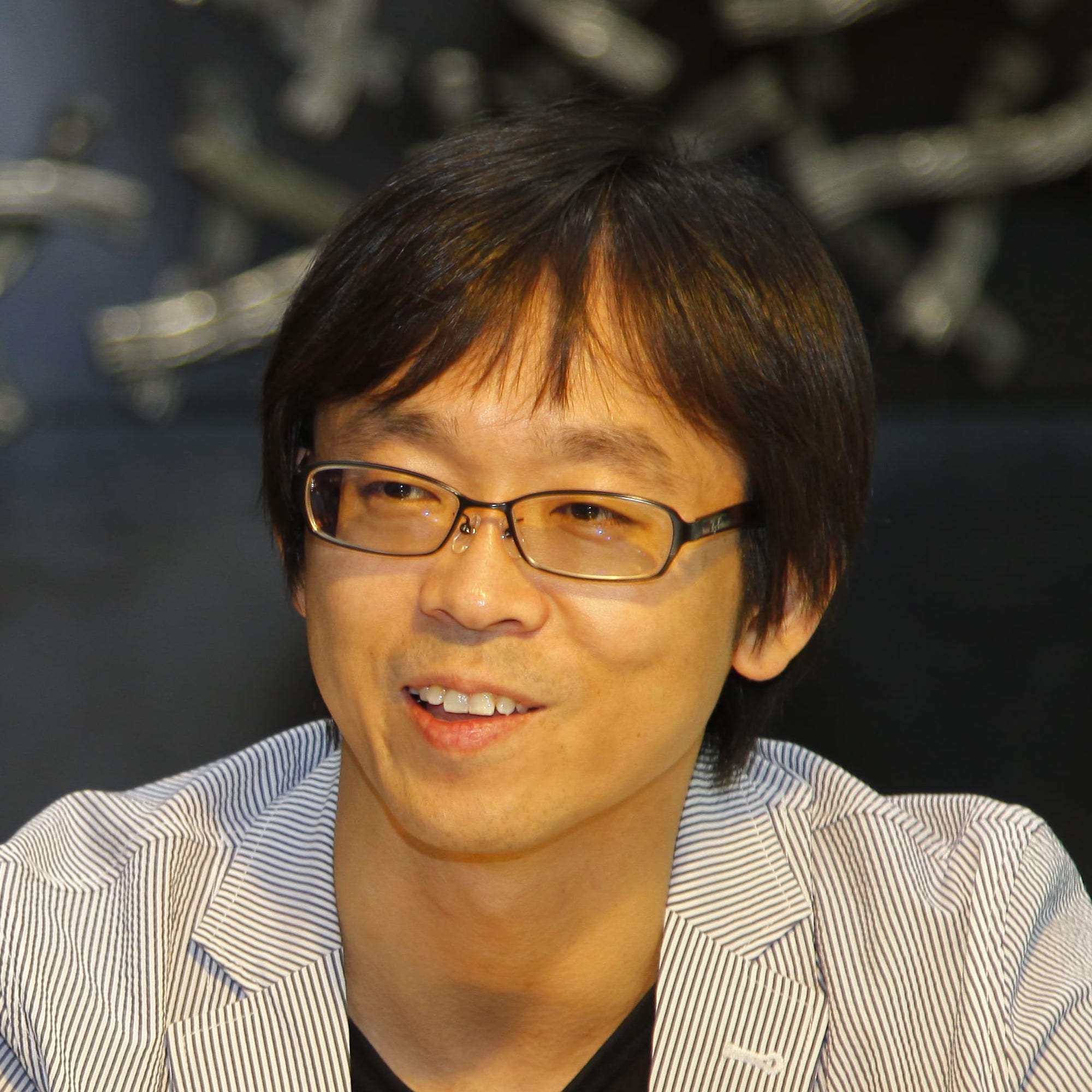
Drug discovery
Noriki Kutsumura
-

Drug discovery
Tsuyoshi Saitoh
-
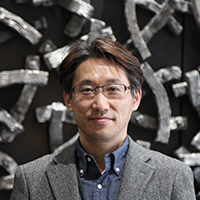
Human sleep
Tomohiro Okura
-
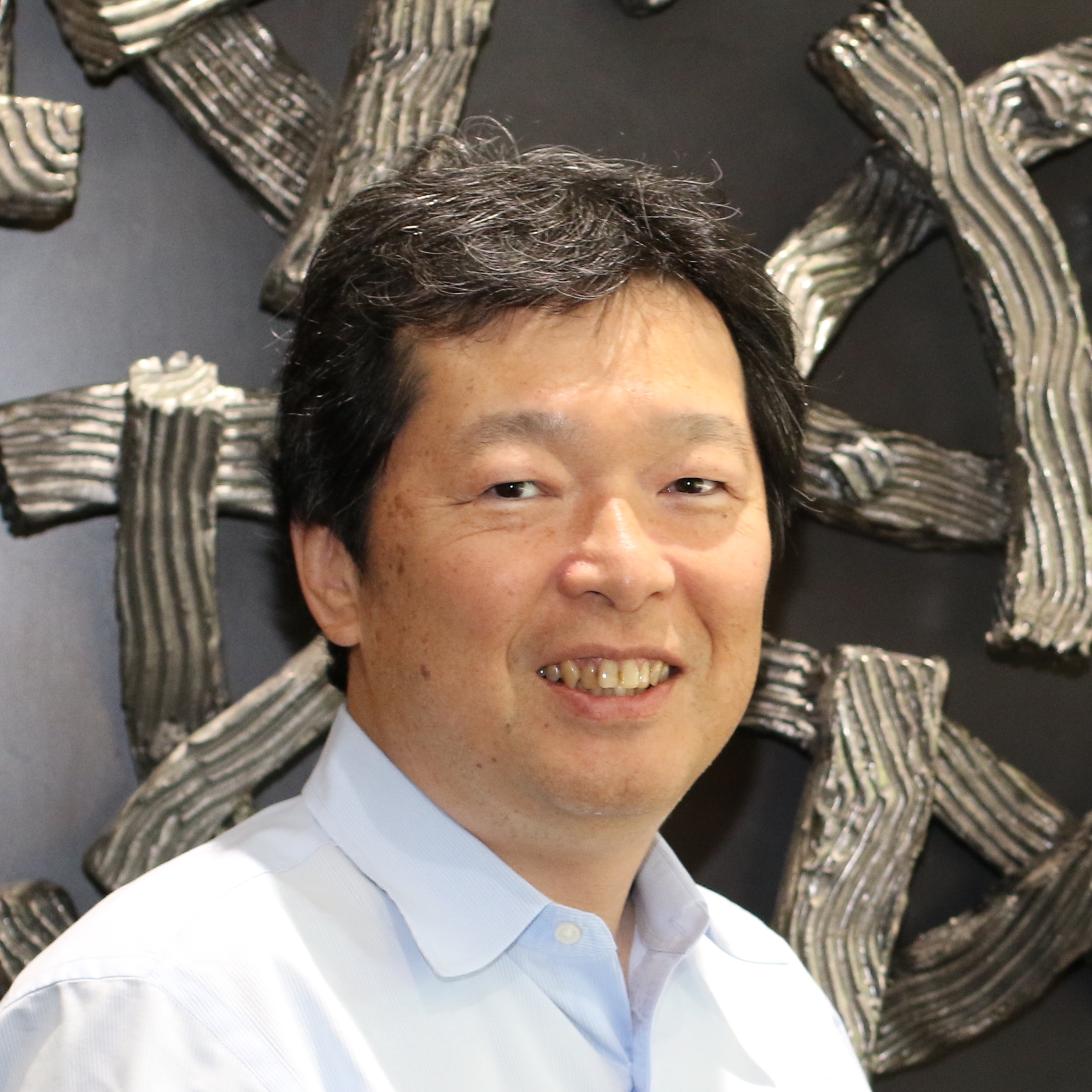
Human sleep
Takashi Kanbayashi
-
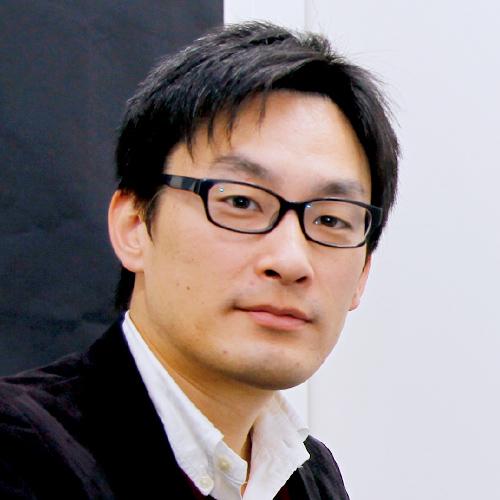
Human sleep
Takashi Abe
-
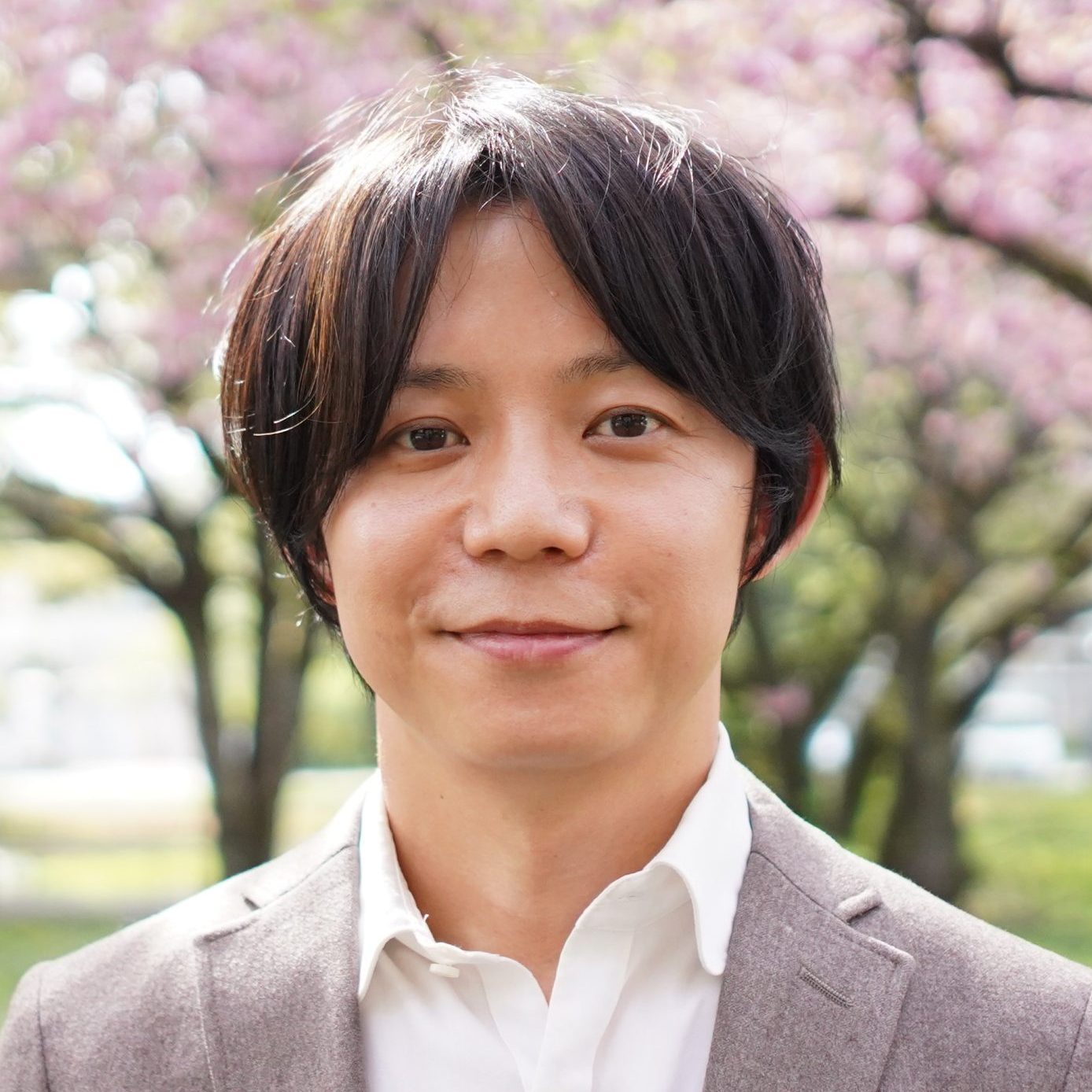
behavioral science
Shun Nakajima
-
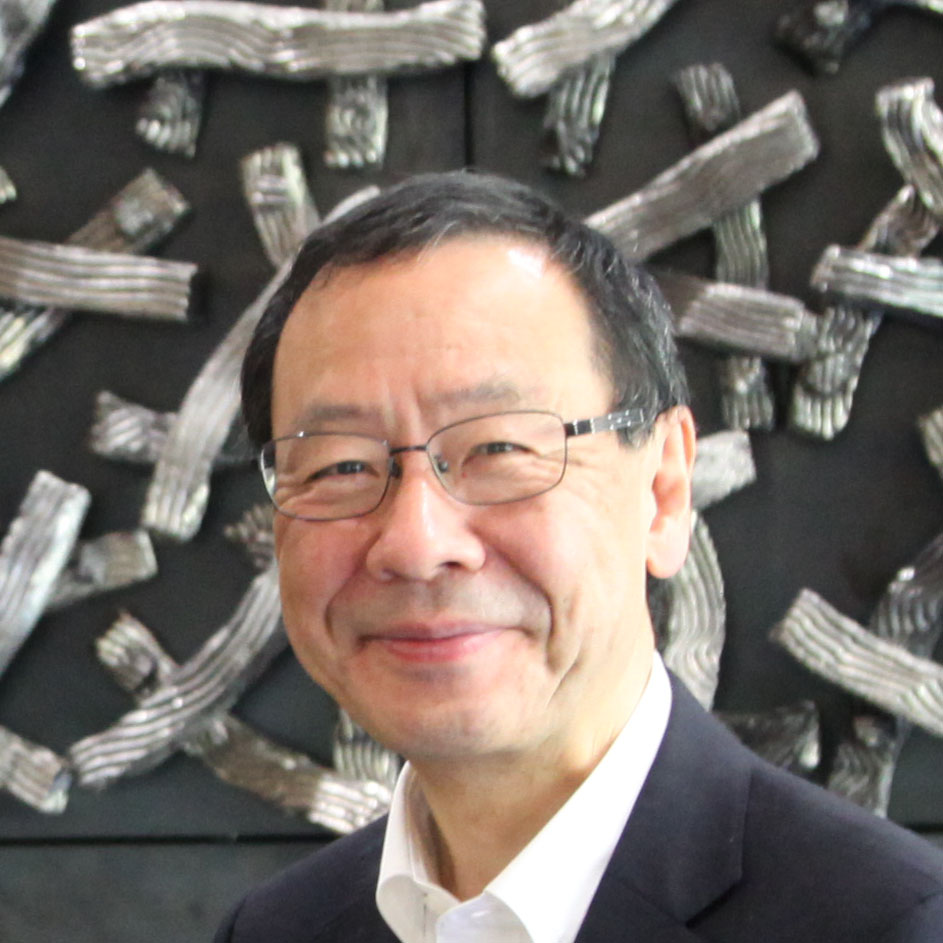
Data Science
Hiroyuki Kitagawa
-

Data Science
Shoi Shi
-
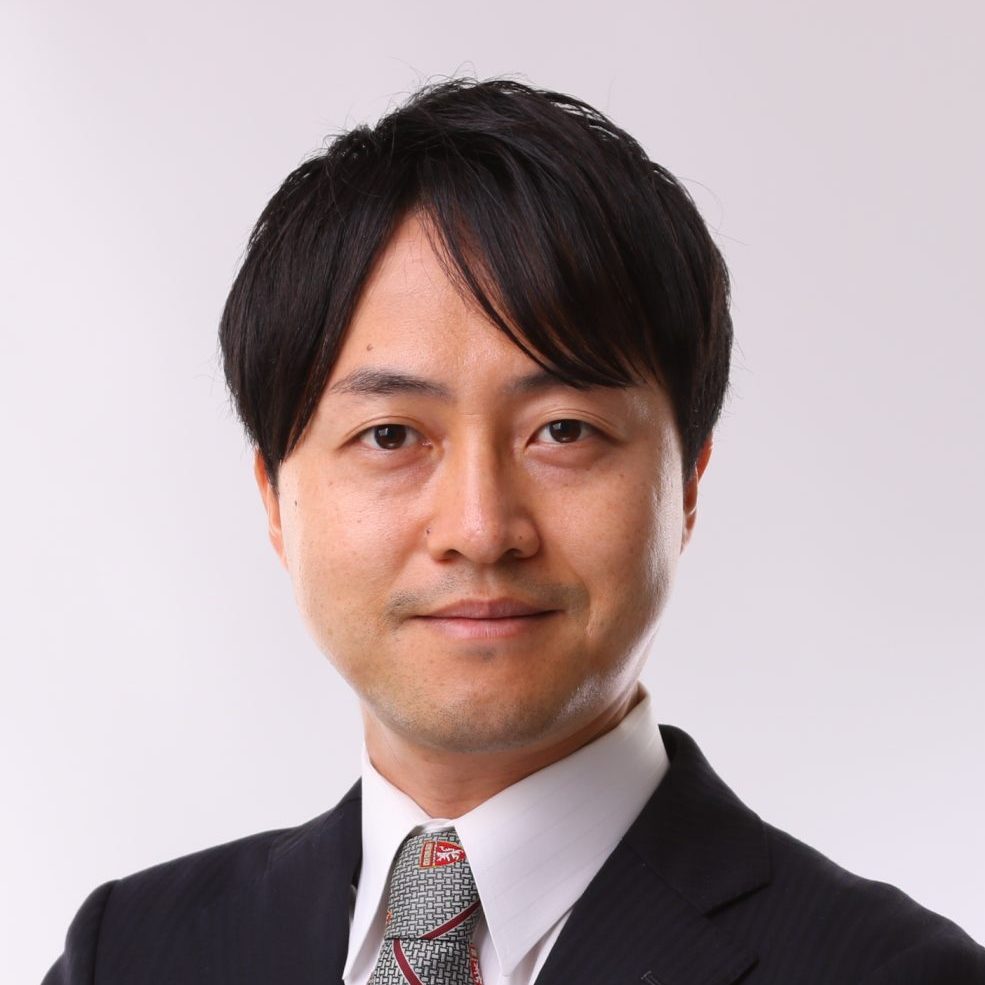
Data Science
Masao Iwagami
